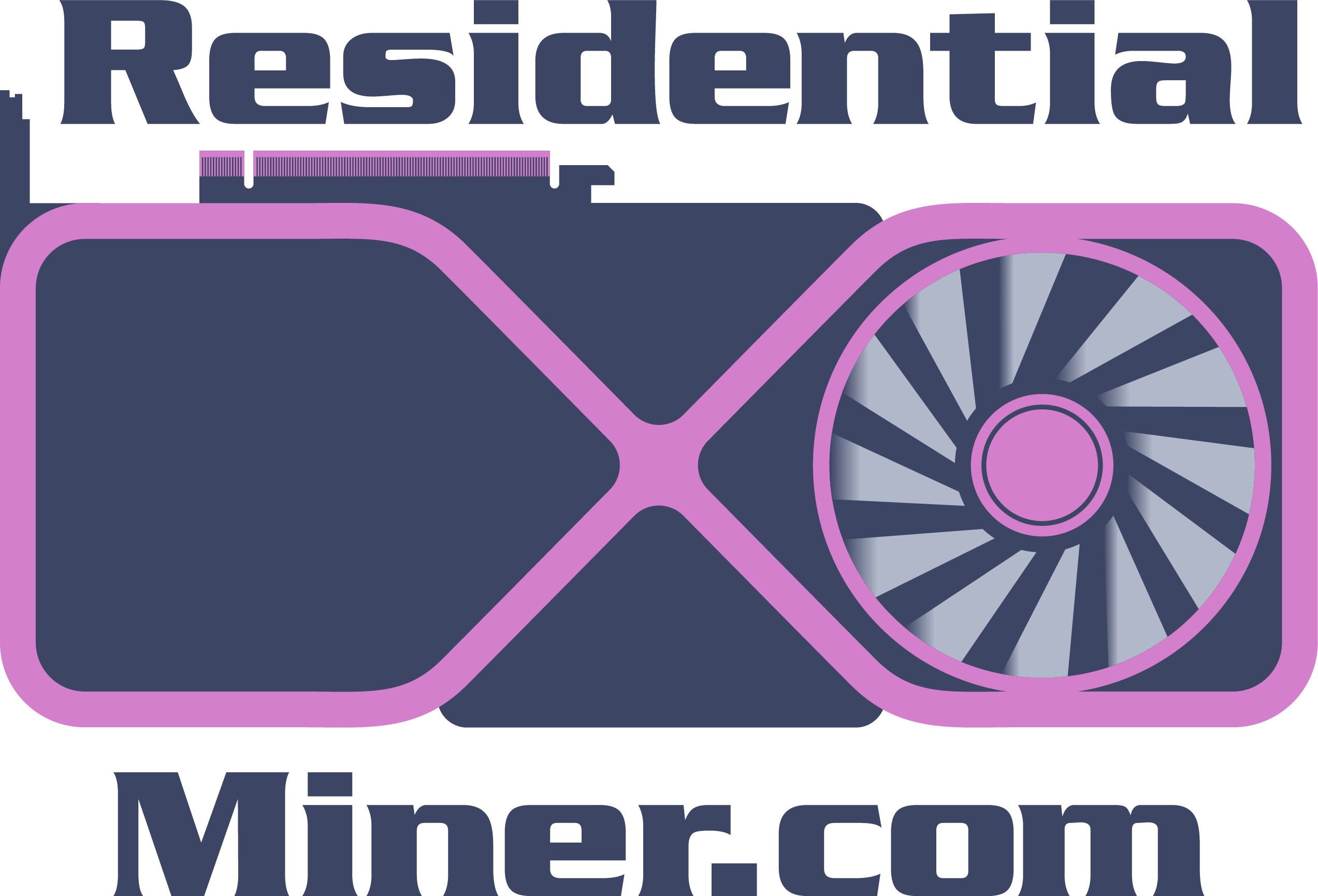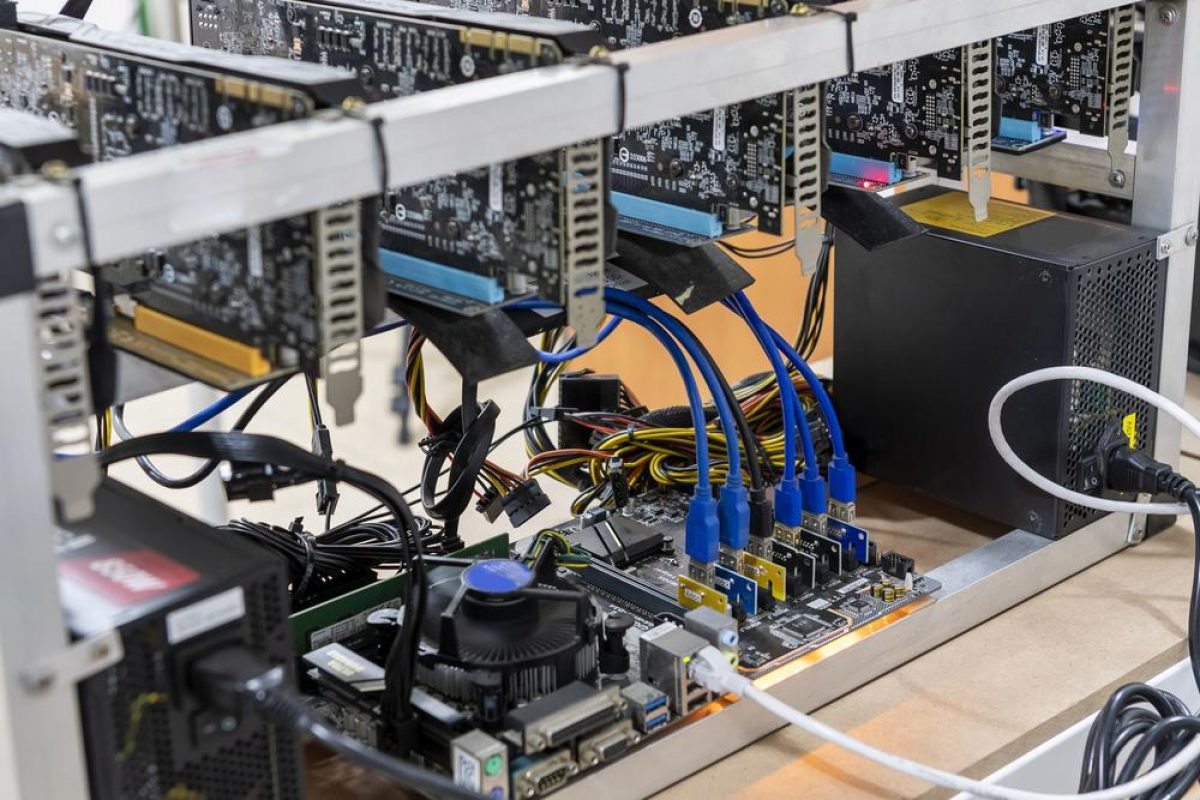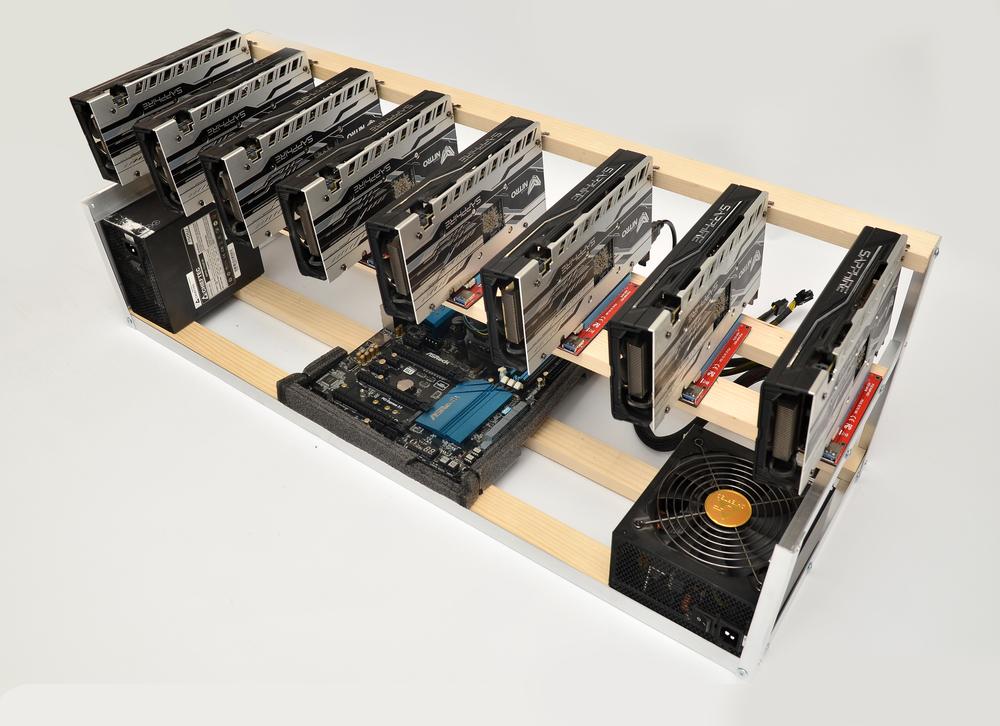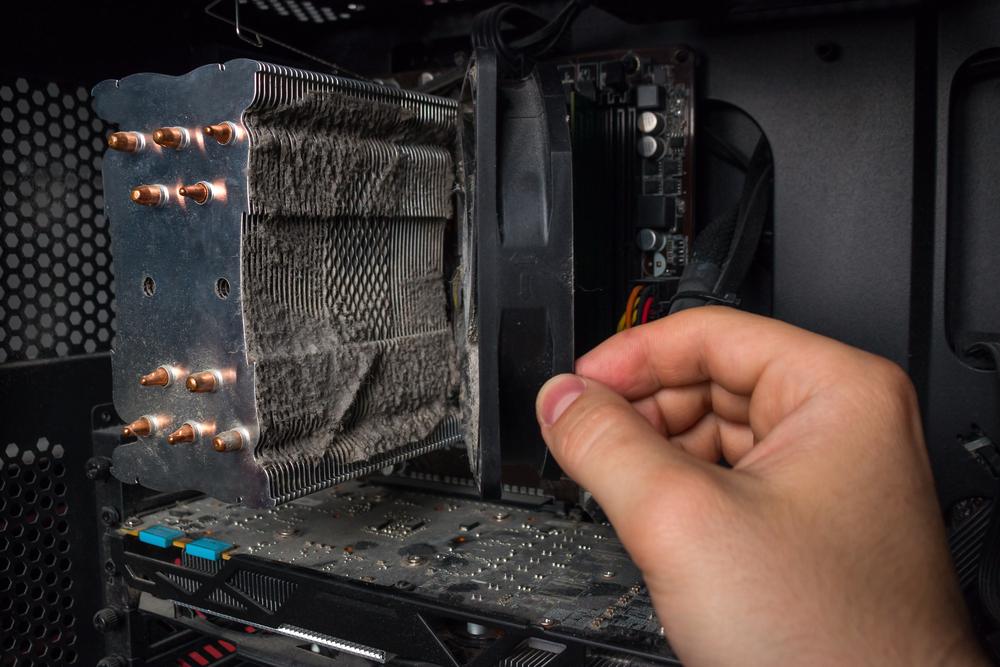In the realm of cryptocurrency, GPU mining has gained significant popularity as a method to validate transactions and earn rewards. This comprehensive guide aims to provide a thorough understanding of GPU mining, covering its pros, cons, and best practices. Whether you’re a beginner venturing into the mining world or an experienced miner seeking to optimize your operations, this article will equip you with valuable insights to navigate the landscape effectively.
Pros of GPU Mining
Enhanced Mining Performance
One of the key advantages of GPU mining is its superior performance compared to traditional CPU mining. Graphics Processing Units (GPUs) are designed with parallel processing capabilities, allowing them to handle complex mathematical calculations more efficiently. This translates to higher hashrates and increased mining rewards.
Flexibility in Mining
GPU mining provides versatility in terms of the cryptocurrencies it can mine. Unlike Application-Specific Integrated Circuit (ASIC) miners that are designed for specific algorithms, GPUs can adapt to various mining algorithms. This flexibility enables miners to explore different cryptocurrencies based on market conditions and profitability, allowing for diversified mining portfolios.
Accessibility and Affordability
GPUs are more accessible and affordable compared to specialized mining hardware like ASICs. Graphics cards, the primary component of GPU mining, are widely available in the market. Miners can easily obtain GPUs without significant upfront investment, promoting decentralization within the cryptocurrency ecosystem.
Potential for Future Use
While the primary purpose of GPUs is mining, they also have other applications, such as gaming and graphic design. This versatility means that if mining becomes less profitable or unfeasible in the future, GPU owners can repurpose their devices for alternative uses. This potential for future use ensures the longevity of GPU investments.
Cons of GPU Mining
High Energy Consumption
One of the main drawbacks of GPU mining is its relatively high energy consumption compared to other mining methods. The intensive computational power required for mining puts a significant strain on power resources, leading to increased electricity bills. Miners need to carefully consider the cost of electricity and factor it into their profitability calculations to ensure sustainable and profitable mining operations.
Heat Generation and Cooling Challenges
The intense computational workload of GPU mining generates a substantial amount of heat. Graphics cards can reach high temperatures during mining operations, which can affect the stability and lifespan of mining equipment. Overheating can lead to performance degradation, hardware failures, and increased maintenance costs. To mitigate these challenges, miners must implement efficient cooling solutions. This may involve installing additional fans, using heat sinks, or even employing liquid cooling systems. Proper cooling is essential to maintain optimal operating temperatures and prevent hardware damage.
Initial Hardware Investment
While GPUs are more affordable than specialized mining hardware like ASICs, there is still an initial hardware investment involved in GPU mining. Miners need to carefully select graphics cards based on their performance, power efficiency, and cost. The cost of GPUs can vary depending on their specifications and market demand. Additionally, the continuous advancement of GPU technology may require periodic upgrades to stay competitive in the mining landscape. Miners should consider factors such as memory capacity, core clock speeds, and power consumption when choosing GPUs for mining operations.
Factors Affecting Profitability
Several factors can affect the profitability of GPU mining. It’s essential to consider these factors when planning and optimizing your mining operations:
Cost of Electricity
The cost of electricity is a significant factor in determining the profitability of GPU mining. Electricity prices vary depending on location, and high electricity costs can significantly impact mining profitability. Miners should research and compare electricity rates in their area to choose the most cost-effective mining times and optimize energy consumption.
Cryptocurrency Price and Market Conditions
The price of the cryptocurrency being mined directly impacts mining profitability. Miners should monitor the market conditions, price trends, and factors that can affect the demand and value of the cryptocurrency they mine. By choosing cryptocurrencieswith stable or growing prices, miners can maximize their potential returns.
Mining Algorithm Difficulty
The difficulty of the mining algorithm plays a crucial role in profitability. As more miners join the network, the algorithm’s difficulty increases, making it harder to mine new blocks. Miners should consider the current difficulty level of the mining algorithm they plan to mine and assess whether the potential rewards outweigh the increased competition and resources required.
Choosing the Right Mining Software
Selecting the right mining software is vital for efficient GPU mining. Consider the following factors when choosing mining software:
Features and Functionality
Evaluate the features offered by mining software, such as algorithm optimization, real-time monitoring, and remote management capabilities. Different software options provide varying degrees of customization and performance optimization. Choose software that aligns with your specific mining requirements and preferences.
Compatibility and Support
Ensure that the mining software you choose is compatible with your GPU hardware and the mining algorithms you intend to pursue. Look for software that has regular updates and a strong support community. This ensures that you have access to the latest features, bug fixes, and ongoing technical assistance.
User-Friendliness
Consider the user-friendliness of the mining software. Some software may have a steeper learning curve, especially for beginners. Opt for software that provides a user-friendly interface and clear documentation to facilitate a smooth mining experience.
Troubleshooting Common Problems
GPU mining can encounter various challenges and problems. Here are some common issues and tips for troubleshooting them:
Hardware Errors
If you encounter hardware errors during mining, such as GPU crashes or system instability, ensure that your GPUs are properly installed and connected. Check for any loose connections or faulty components. It’s also crucial to monitor temperatures and ensure adequate cooling to prevent overheating, as high temperatures can contribute to hardware errors.
Software Issues
Software-related problems can arise from outdated or incompatible mining software, driver issues, or conflicting settings. Ensure that you have the latest version of your mining software and GPU drivers. Verify that the software settings are correctly configured for optimal performance and stability.
Network Problems
If you experience network-related issues, such as connectivity problems or slow mining speeds, check your internet connection and network settings. Ensure that your network infrastructure can handle the mining traffic and that there are no network congestion issues.
Remember, troubleshooting can be a complex process, and specific issues may require additional research or expert assistance. Online mining communities and forums can be valuable resources for obtaining guidance and solutions to common problems.
In conclusion, GPU mining offers a powerful and flexible approach to cryptocurrency mining. By understanding the pros, cons, and factors affecting profitability, as well as following best practices, miners can optimize their mining operations for increased efficiency and profitability. Choosing the right hardware, selecting appropriate mining software, and addressing common challenges through troubleshooting will contribute to a successful mining journey. Regular research, staying informed, and adapting to the dynamic cryptocurrency landscape will ensure miners can navigate the evolving industry effectively.















